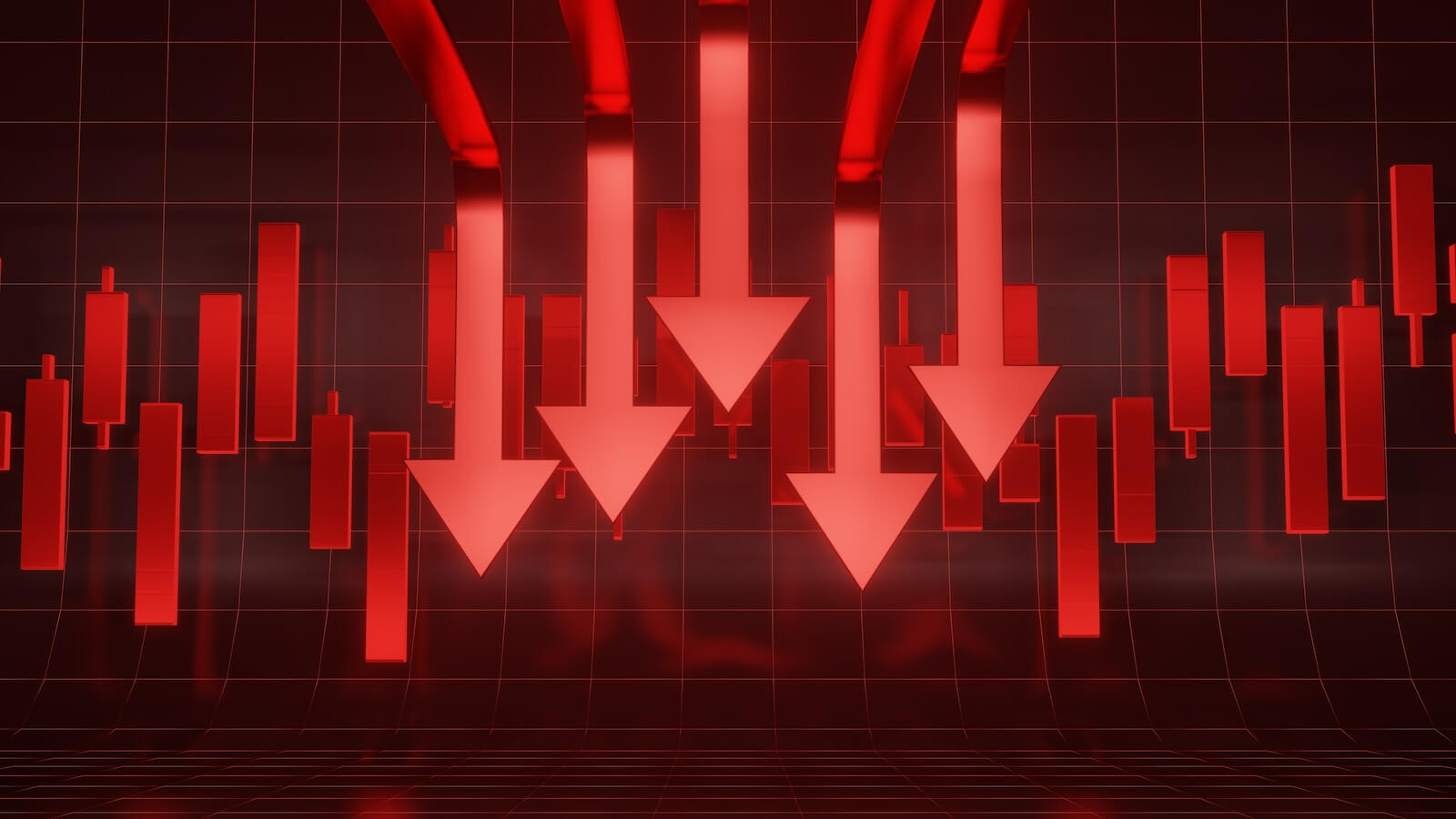TAKEAWAYS
- Technical indicators suggested that Coinbase stock was due for a pullback
- The scenario identified a clear short setup with multiple price targets and stop-loss levels
- Coinbase eventually dipped but the risk may have been greater than the reward

As a trader, calling market tops (or bottoms) is a difficult and potentially dangerous thing to do. Calling a market top on a fundamentally strong stock during a strong uptrend is probably a foolish thing to do. But for swing traders, exploiting such a trade can often be tempting, especially when the technicals are flashing red for an impending decline.
Last week, Coinbase's (COIN) technicals gave a strong signal that a pullback was imminent. The entire scenario was laid out in the article "Is Coinbase Stock About to Crater? Here's One Way to Exploit It". It turns out this setup worked, but only for the first target.
Here's an update on what happened, plus a few words on managing risk.
CHART 1. DAILY CHART OF COINBASE ON MARCH 12. All indicators pointed to a potential pullback in the stock's price.Chart source: StockCharts.com. For educational purposes.
On March 12, the following was apparent:
- The Relative Strength Index (RSI) read "overbought."
- The Chaikin Money Flow (CMF) showed an extreme bearish divergence; buying pressure gave way to selling pressure as it dropped below the zero line.
- The pin bar pattern showed strong rejection from the bottom, indicating substantial buying activity and the possibility of several stop losses right beneath the bar.
This trade aimed to exploit the stop loss area for a rapid, short-term dip, in which the first target would be the middle Bollinger Band (the second target would be at the former resistance line).
The outcome:
CHART 2. DAILY CHART OF COINBASE. First target hit, but should you hold for the second target?
The chart showing the outcome above was zoomed in to provide a closer view of what happened.
On the day of the trade entry, you could have estimated that the risk-to-return would be near 1-to-1 (more or less) for the first target, which wasn't a bad ratio.
With a short entry at $242.05, a stop loss at $271.65, and a target materializing at $219.95, the ratio turned out to be 1.33 risk to a unit of 1 (or a risk of $29.60 for a return of $22.10). The amount of your potential loss or gain would depend on your position size (i.e., the number of shares you traded).

The most recent candlestick on the right reflects a strong rally on the day of the FOMC interest rate announcement. With the Fed holding rates steady and reaffirming three more cuts this year, the broader market jumped; COIN went along with it.
And while the CMF shows an uptick in buying pressure as it moves above the zero line, note that the volume continues to dwindle. The "shorts'' who exited the trade did so with a decent, albeit small, short-term gain. Still, a few may have partially exited their positions, hoping to catch that second target. If so, market sentiment in reaction to the Fed's latest decision may or may not work in their favor in the coming days.
The Bottom Line
Overall, shorting a strong stock based on a technical reading can sometimes present a legitimate "mean reversion" opportunity, which some swing traders are likely to take advantage of. In this case, COIN did revert to the mean as measured by the Bollinger Bands. And when it comes to riskier short-term trades like this one, it's often best to aim for the lowest-hanging fruit, so to speak, to take what you can. After all, this is arguably what swing trading is all about.
Disclaimer: This blog is for educational purposes only and should not be construed as financial advice. The ideas and strategies should never be used without first assessing your own personal and financial situation, or without consulting a financial professional.
